

Washington DC visit, page 3:
Day 3 and day 4 - National Gallery of Art. This is not part of the Smithsonian Museums, but also has free admission and is on the mall. There are 2 buildings, the West, which is the older one, and the East, which is newer and houses much of the more recent art. We did 2 tours Thursday morning, both led by the same volunteer docant. "Early Italian to Early Modern: An Introduction to the West Building Collection", and then "1900 to Now: An Introduction to the East Building Collection". To be a tour leader, you have a year of training and then have to create your own tours based on the topics. The tours were very good. For the 1st one, she selected representative works from different eras or regions and described some of the evolution of art. For the 2nd tour, she talked a lot about the very interesting building, as well as some of the drivers for the art work to change from one movement to another in the 20th century.
The talks took us until 12:30 on Thursday. We spent the rest of that day plus most of Friday at the museum. There is a lot there.
With a museum of this size and quality, there are of course many works that we could point out. I will limit myself to a very few.
Anne discovered a favorite sculptor: Paul Manship. He was even from Minnesota!
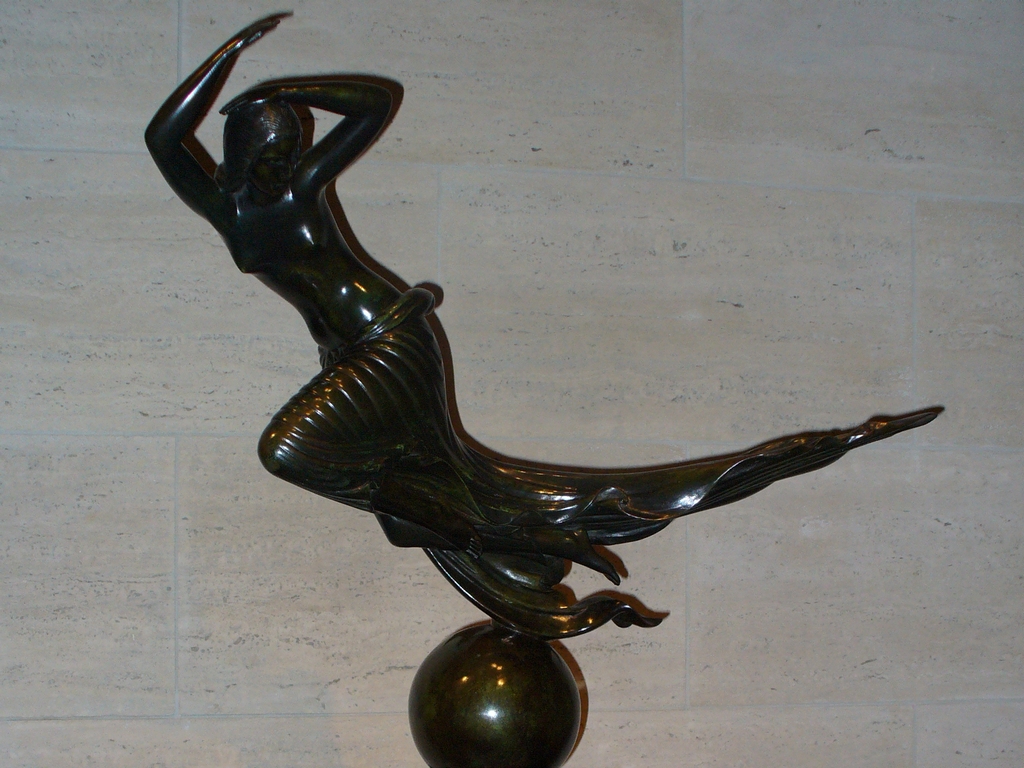
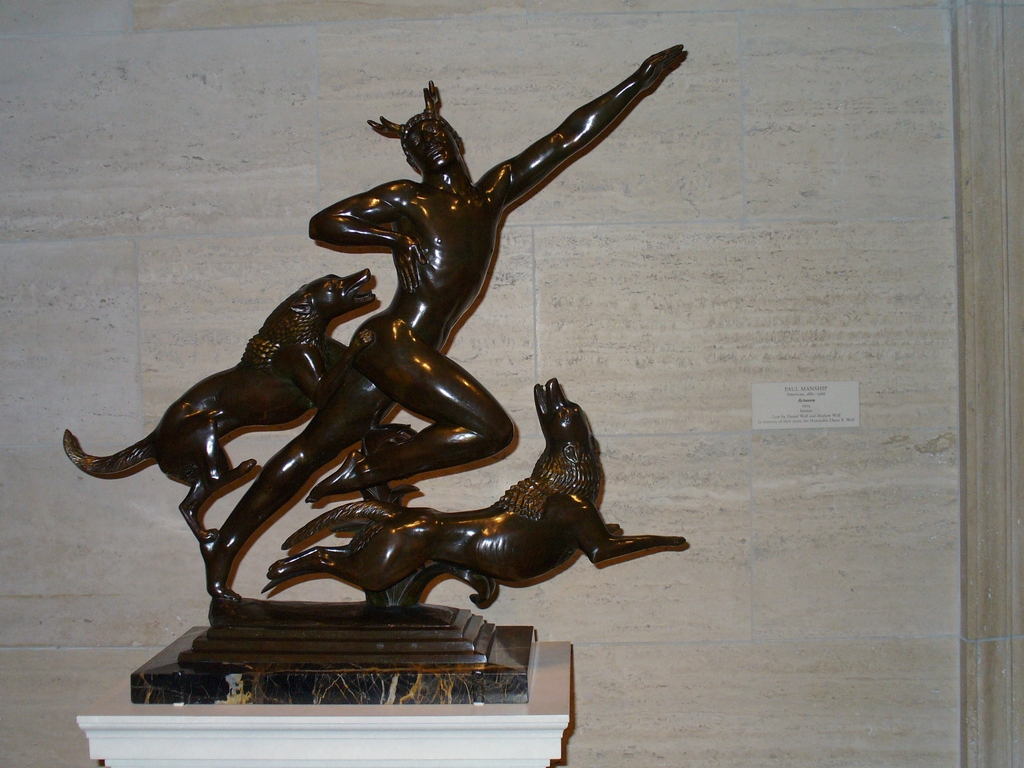
Georgia O'Keefe, Jack in the Pulpit: they had a very nice arrangement of 3 of her Jack in the Pulpit pictures, arranged in order of getting closer to the flower. #3, #5, #6.
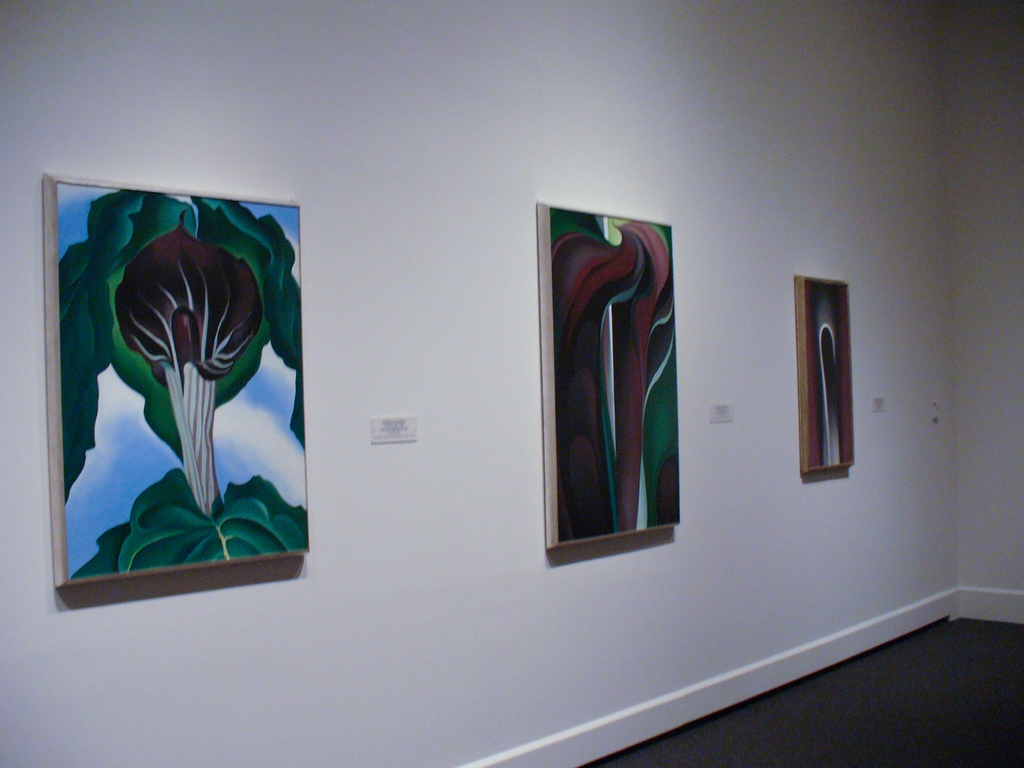
Here is Paul looking at one of the early Italian pieces.
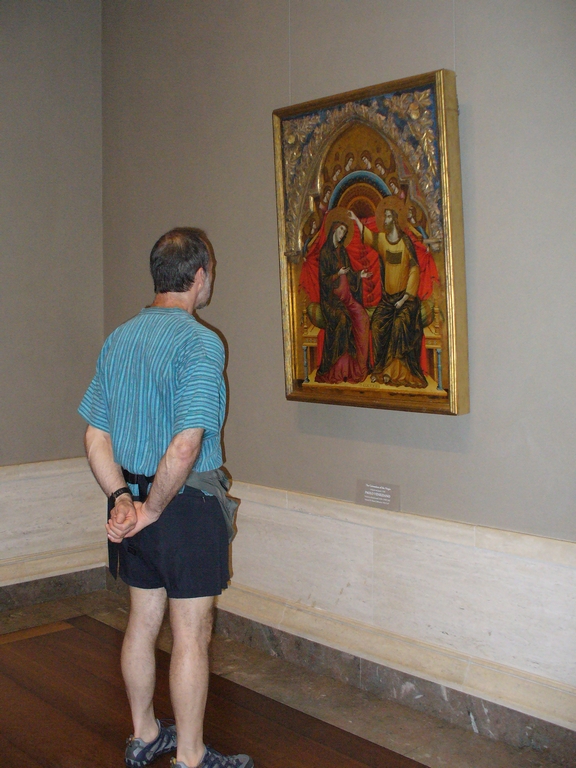
Here is Anne in the pretty East Garden Court. You can see the entrance to the George Bellows special exhibit behind me. Bellows is most famous for his boxing paintings, but was actually an extremely varied artist. Some of his interests were the social underclass, politics, family, coastal scenes, city life, and human rights. Some examples are The Lone Tenement, commenting on the side effects of modernizing and building a new bridge, causing housing losses. Blue Snow The Battery, with the enticing winter scene in the early light of day. Forth and Back, showing the motion of the ocean. Sea in Fog, a more impressionistic take on the ocean. The White Horse, which is at the Worcester Art Museum. We really like how that one draws your eyes down the path to the little house in the distance, even though the horse is the focal point. And one last one that I will mention: Mrs. T. Unlike some of his early portraits, and even some of his contemporary with this one, he really shows details of her face and hands.
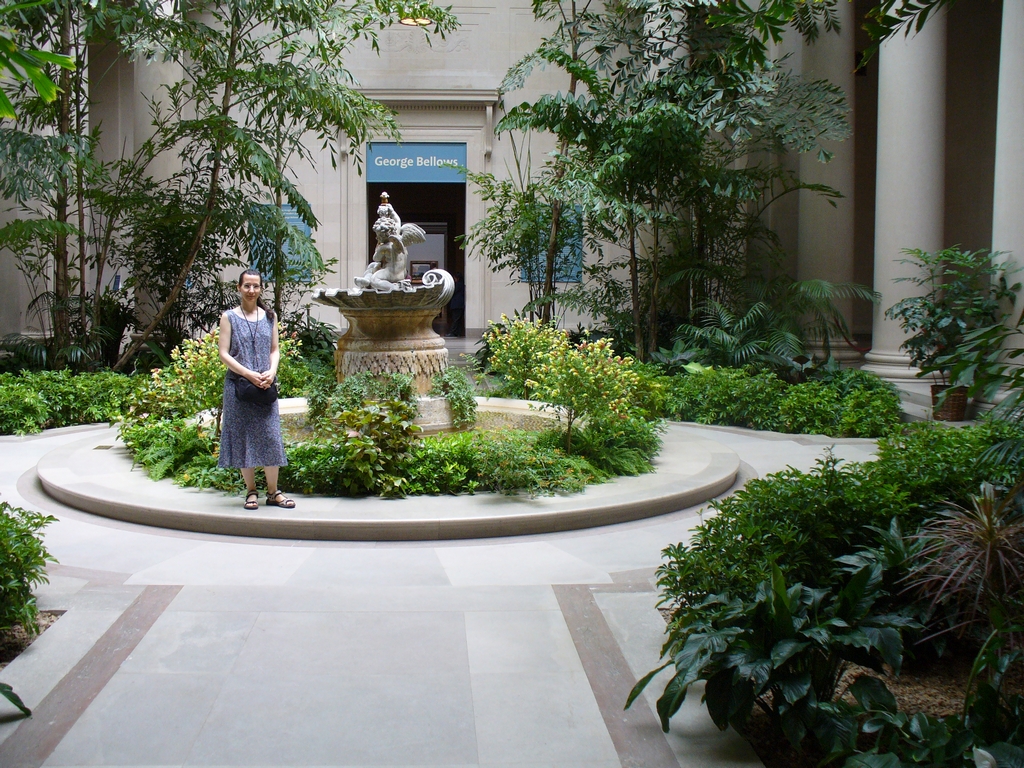
We arrived early each day. The museum definitely filled up as the day went on. Even so, it never got as packed as some of the other museums, such as the Natural History. Here is a picture of the rotunda early in the morning, and then later in the day.
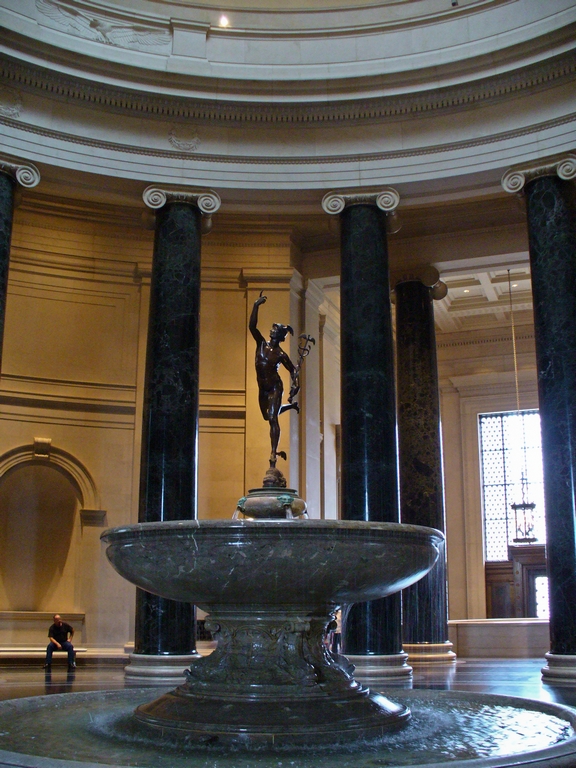
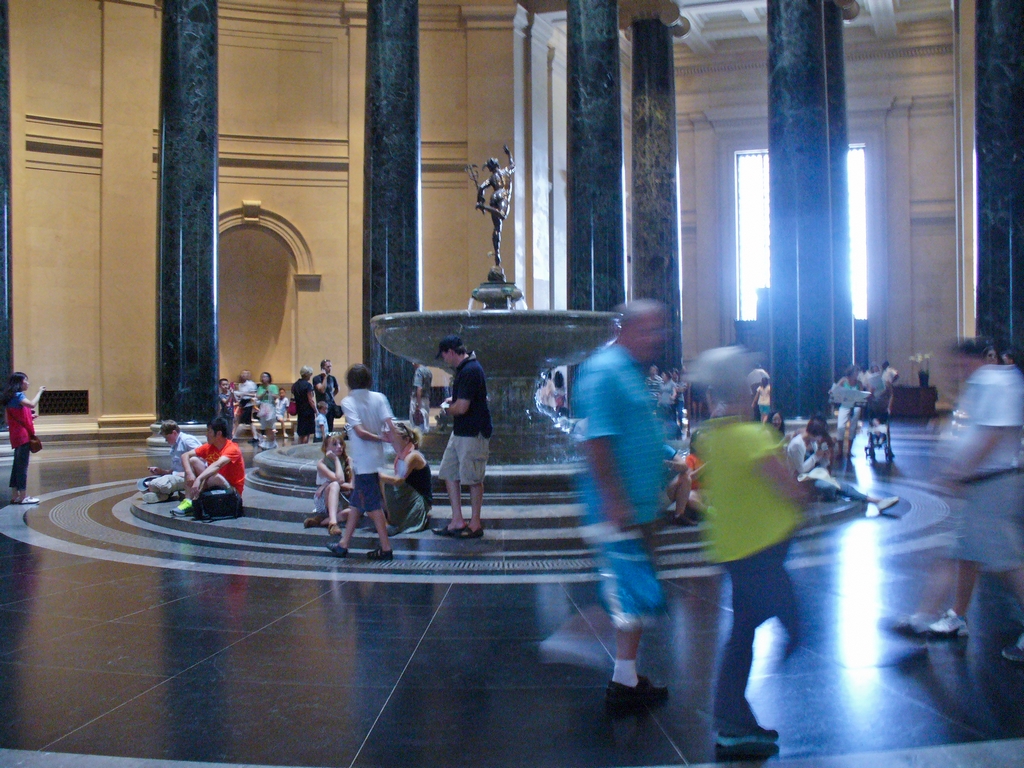
Friday after leaving the art museum we went over to the American History Museum. Paul had done an in-depth report in college on the revolutionary gunship USS Philadelphia. During that same internship mentioned earlier, he visited this museum and was very surprised to see the recovered ship on display! The Battle of Valcour Island is considered to be a turning point; although the US revolutionary forces lost, they delayed the British and enabled the subsequent victory at Saratoga.
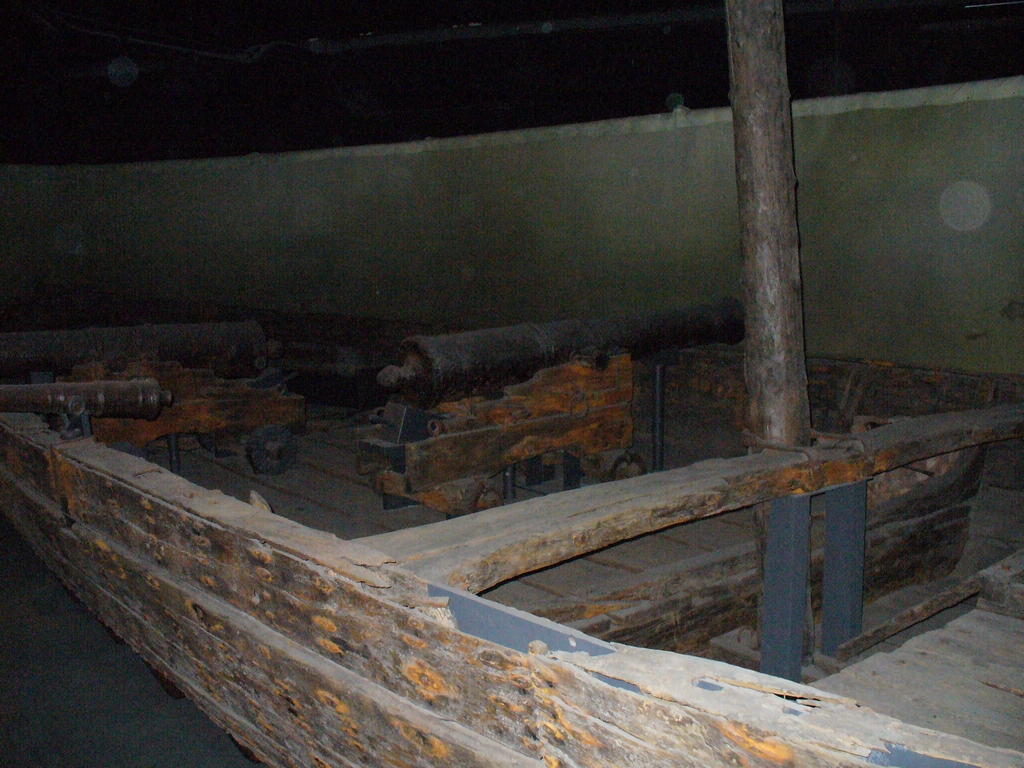
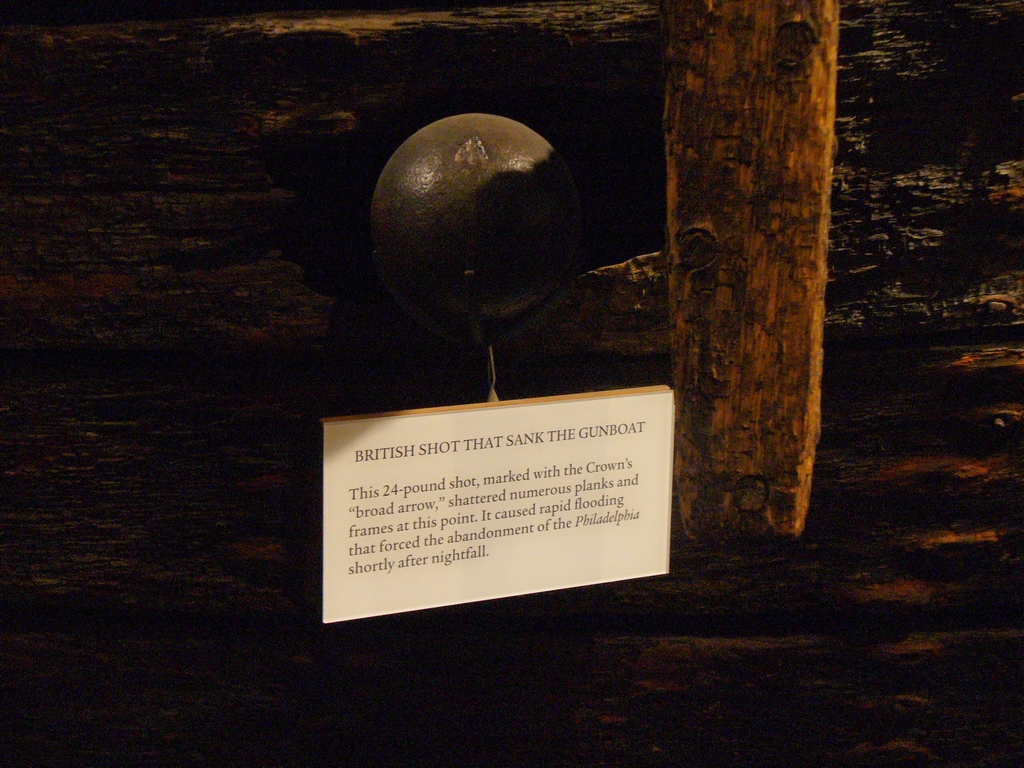
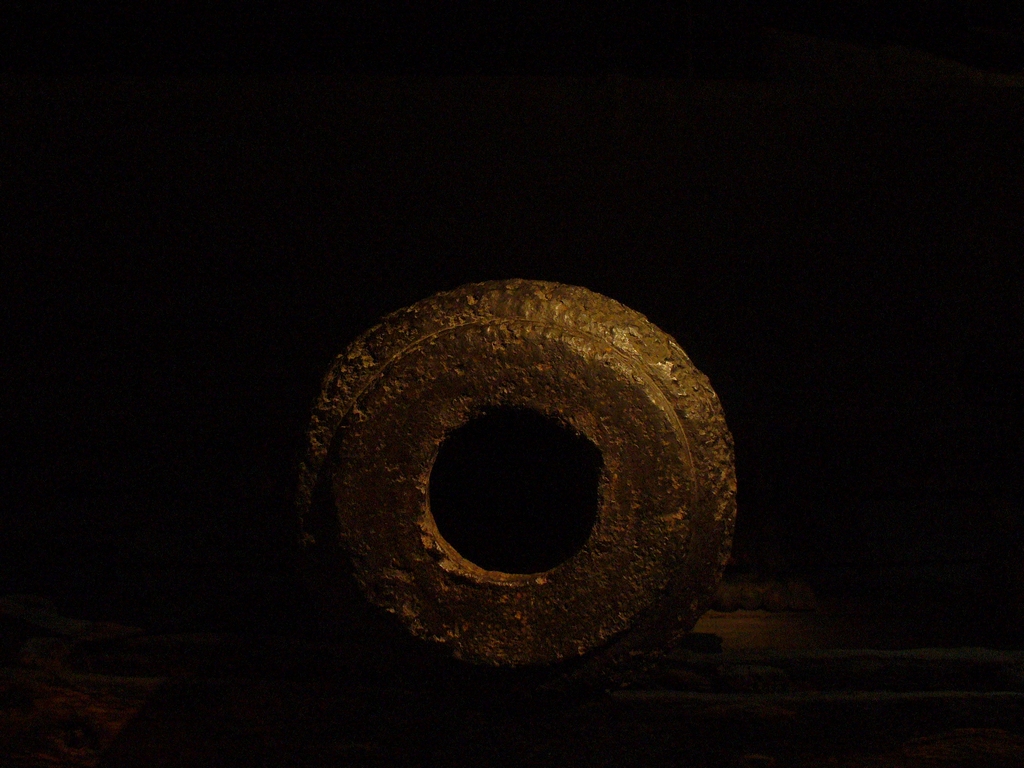
The subway station ceiling:
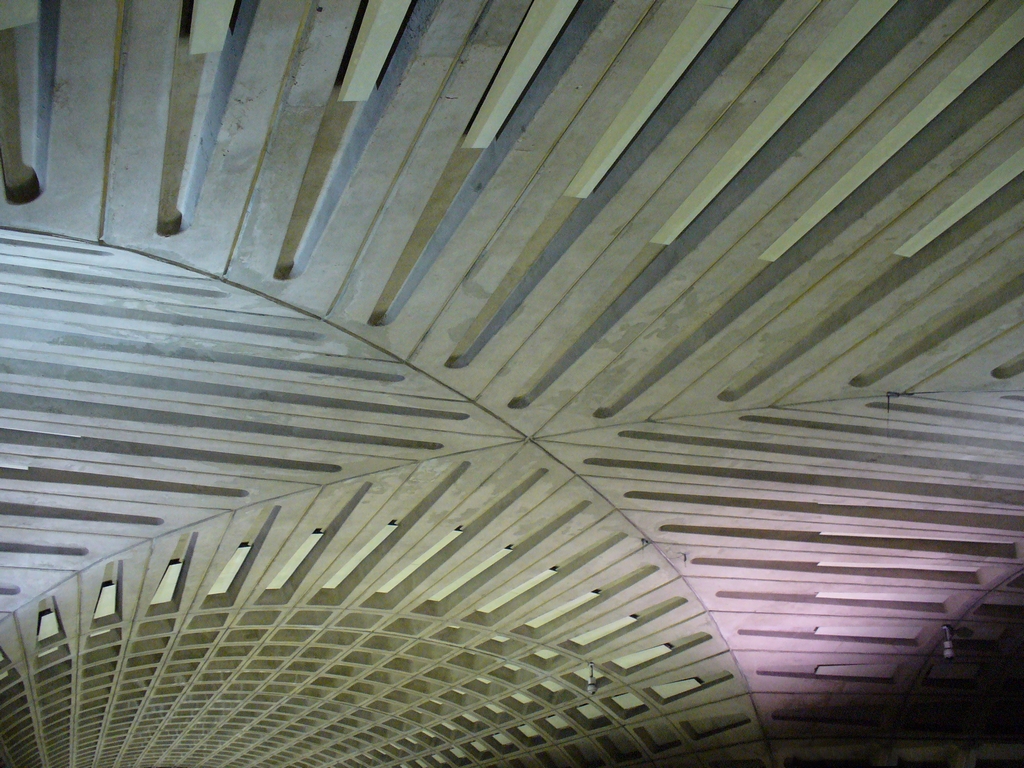
On Friday, after Jenn was able to get out of her office, we drove out and met Deena for supper at a very nice Indian restaurant.
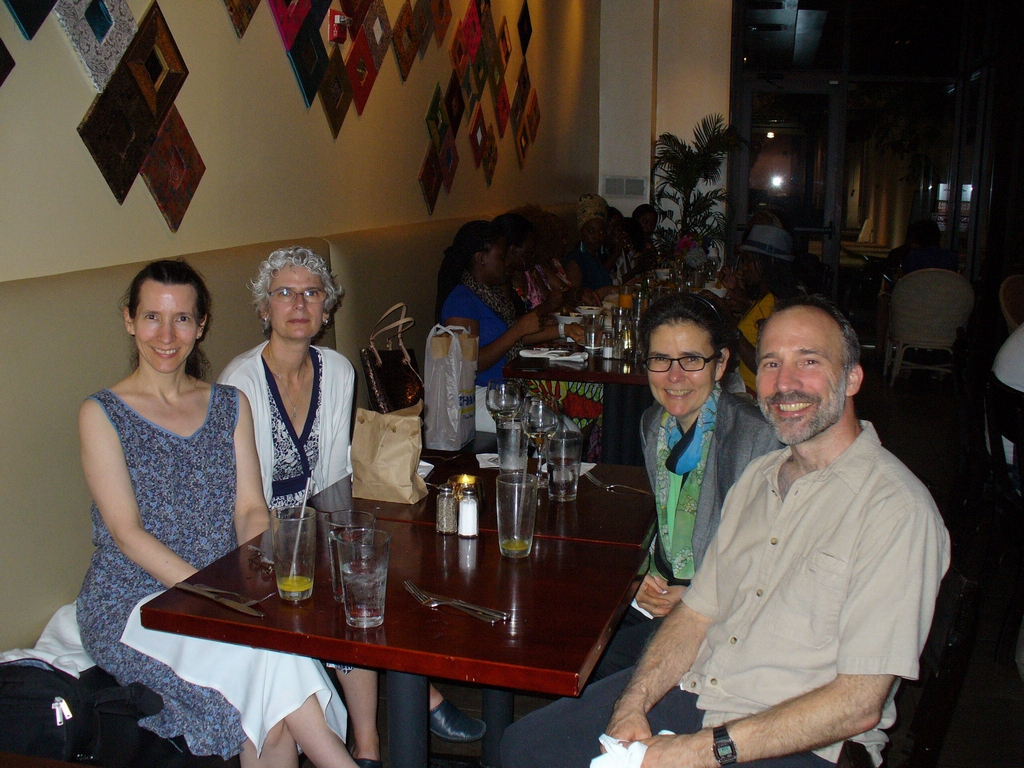
Updated July 2020